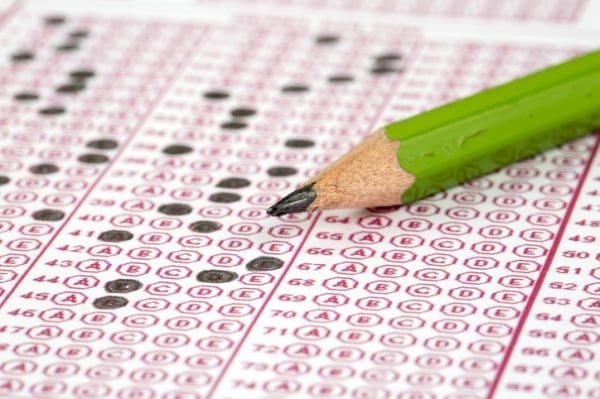In Return to Tests, Don’t Forgo Disability Equity
As schools around the world begin to resume in-person learning and administer standardized tests again, it is crucial that they do not forget about disability equity. The COVID-19 pandemic has highlighted the importance of accommodating students with disabilities in educational settings, and it is essential that this momentum continues as schools transition back to a more traditional learning environment.
Many students with disabilities have faced significant challenges during remote learning, as they may require additional support or accommodations to access the curriculum effectively. Some students may have missed out on crucial services or therapies that they would typically receive in-person, leading to gaps in their learning and development. As schools work to address these gaps and help students catch up on missed learning, it is imperative that they do not overlook the needs of students with disabilities.
One of the key ways to ensure disability equity during the return to tests is through providing appropriate accommodations for students with disabilities. These accommodations may include extra time on tests, access to assistive technology, or the ability to take tests in a more accessible format. By offering these accommodations, schools can ensure that students with disabilities have an equal opportunity to demonstrate their knowledge and skills on standardized tests.
Additionally, schools must prioritize inclusive practices and provide professional development for teachers and staff on how to best support students with disabilities. Educators should be aware of the unique needs of each student and be prepared to adapt their teaching methods and assessments accordingly. By fostering a more inclusive and accessible learning environment, schools can create a more equitable experience for all students, regardless of their abilities.
Furthermore, schools should engage with students with disabilities and their families to ensure that their voices are heard and their needs are being met. By actively involving students and families in the decision-making process, schools can better understand the challenges and barriers that students with disabilities may face and work collaboratively to address them.
In conclusion, as schools return to standardized testing and traditional learning environments, it is crucial that they do not forgo disability equity. By providing appropriate accommodations, prioritizing inclusive practices, and engaging with students and families, schools can ensure that students with disabilities have an equal opportunity to succeed. By upholding disability equity, schools can create a more inclusive and accessible learning environment for all students.



